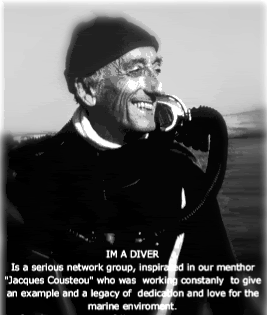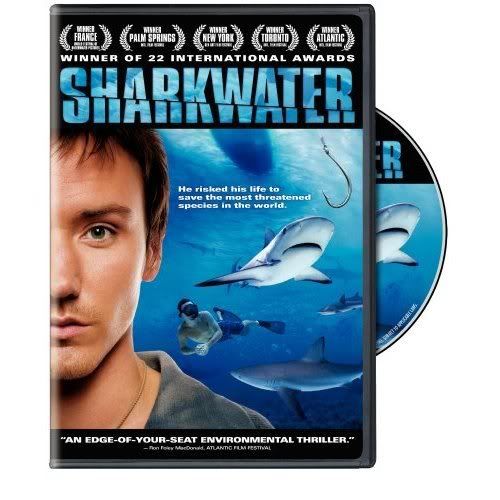
In addition to working with the Sea Shepherd Conservation Society to uphold international conservation laws I have recently joined the Board of Directors of a new organization called S.P.E.C.I.E.E.S.
It stands for the Society to Prevent Exotic Contamination of Island Ecosystems and Endangered Species.
This group is headed up by
And the first task that S.P.E.C.I.E.E.S. is taking on is the awesomely difficult job of addressing exotic species in the
The Galapagos are a world Heritage site and the rising number of dogs, cats, and goats is having a devastating impact on indigenous species like the giant tortoise, the marine iguana, lava lizards and the many beautiful species of birds found on the islands.
Allison has worked since 2001 with the Sea Shepherd Conservation Society and with Animal Balance to help spay and neuter dogs and cats on the islands. She has the experience and the skills needed to address this problem. More importantly she has the passion to accept this formidable challenge.
Despite the fact that the Special Law for the Galapagos prohibits the importation of dogs and cats, more than 4,000 of them have been fixed. Unfortunately the numbers keep growing as people bring in more animals from the mainland and breed more.
Of course the most destructive exotic species is the human species and many of the people working in the Galapagos are not legal residents.
S.P.E.C.I.E.E.S. is not proposing a lethal solution for exotic animals. Instead, Allison has a program to continue to sterilize animals and to capture and relocate stray animals to the mainland. She is also working with the Ecuadorian authorities to increase the costs of pet owning permits and to raise fines for animals that run loose and threaten wildlife.
S.P.E.C.E.I.E.E.S. is also working to promote alternatives to cars to lower the impact of the human species.
Partnered with Sea Shepherd, Animal Balance and the
When I first landed in the Galapagos in 2000, there were marine iguanas sunning themselves on the sidewalk in the town and herons boldly walking down the main street. Lava lizards were constantly darting across my path and the large ancient giant tortoises lumbered along without a worry. All has changed due to more people, more tourists, more dogs, more cats and invading insects and domestic farm animals.
We can lose the Galapagos unless we take action. If we cannot protect a place like this, a world heritage site, and a national park than what hope is there for any other eco-system on the planet.
Help me to make S.P.E.C.I.E.E.S a success and sign up as a monthly or yearly supporting member of this much needed organization.
Donations can be made to:
S.P.E.C.I.E.E.S.
$25 - Annual Membership feeor become a supporting monthly donor at ______ per monthor send a donation of any amount.
And you can adopt a dog or cat from the Galapagos.
T - (360) 370-5772
C- (360) 298-0368
Website:
www.speciees.org
Contact
allisonlance@speciees.org
Founder & President:
Byron Maas DVM
Jami Pannell J.D., B.L.A.
Phil Wollen
Dr. Lew Seidenberg DVM
Please pass this on to other friends. The Protection of the



